Introduction
Zongzi, a iconic Chinese rice dumpling wrapped in bamboo leaves, holds a cherished place in culinary traditions, particularly during the Dragon Boat Festival. Among its many regional variations, Huang Mi Zongzi—a specialty featuring golden millet as its star ingredient—stands out for its earthy sweetness and comforting texture. Unlike classic glutinous rice zongzi, this version embraces the nutty flavor and wholesome graininess of millet, offering a delightful twist to a time-honored recipe. Whether you’re a seasoned home cook or a curious novice, this guide will walk you through creating authentic Huang Mi Zongzi from scratch, ensuring every bite captures the essence of tradition and craftsmanship.
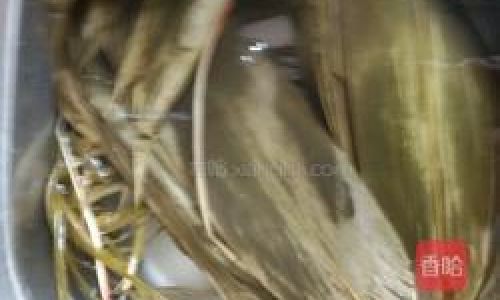
The Allure of Huang Mi Zongzi
Huang Mi, or yellow millet, is a gluten-free ancient grain revered for its mild, nutty taste and tender chew when cooked. Its use in zongzi originated in northern China, where millet cultivation dates back millennia. Unlike sticky rice, millet absorbs flavors subtly, making it an ideal canvas for both sweet and savory fillings. This recipe leans into the grain’s natural charm, pairing it with dates, red bean paste, or toasted sesame for a harmonious balance of flavors. The result is a dumpling that feels both nostalgic and refreshingly unique—a testament to the versatility of Chinese home cooking.
Ingredients: Assembling Your Pantry Staples
To embark on this culinary journey, gather the following ingredients:
For the Filling
- 200g pitted dates (or 150g sweet red bean paste)
- 50g toasted sesame seeds (optional, for garnish)
- 2 tbsp honey or maple syrup (adjust to taste)
For the Wrapper
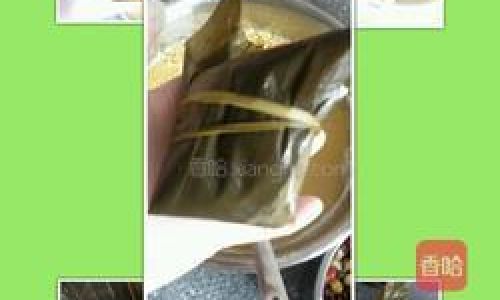
- 20–25 dried bamboo leaves (or reed leaves)
- Kitchen twine or natural raffia for tying
For the Millet Base
- 400g yellow millet (soaked overnight in cold water)
- 1 tsp salt
- 1 tbsp neutral cooking oil (e.g., vegetable or peanut oil)
For the Cooking Liquid
- 5L water (plus extra for boiling leaves)
- 2 pandan leaves (optional, for fragrance)
- 1 cinnamon stick (optional, for aromatic depth)
Preparing the Bamboo Leaves: A Ritual of Softening
The foundation of exceptional zongzi lies in properly treated bamboo leaves. Begin by rinsing the dried leaves under cool water to remove dust. Submerge them in a large pot of boiling water for 5–7 minutes, or until pliable. Drain and pat dry with a clean towel. This step softens the leaves, preventing tears during wrapping and imparting a subtle grassy aroma.
Crafting the Filling: Sweet Simplicity
For the date filling:
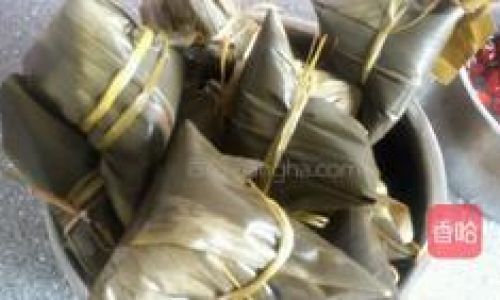
- Chop the pitted dates into small pieces.
- In a saucepan, combine dates with 2 tbsp water. Simmer over low heat until the mixture thickens into a paste (approximately 8–10 minutes).
- Stir in honey or maple syrup, then set aside to cool.
For red bean paste:
- Soak 150g dried adzuki beans overnight.
- Drain and simmer in fresh water until tender (40–50 minutes).
- Mash with a potato ricer or food processor, then sweeten to taste.
Assembling the Zongzi: The Art of Folding
- Leaf Preparation: Take two bamboo leaves and overlap them slightly to form a cone shape, ensuring the pointed end faces downward.
- Layering the Base: Add a spoonful of millet to the cone, followed by a teaspoon of filling. Top with another spoonful of millet, leaving a 1-inch border at the top.
- Folding Technique: Fold the excess leaf over the filling, tucking the sides inward to create a triangular prism. Secure tightly with twine, leaving room for expansion during cooking.
Pro Tip: For visual appeal, sprinkle toasted sesame seeds over the filling before adding the final layer of millet.
Cooking Method: Slow Simmer for Perfect Texture
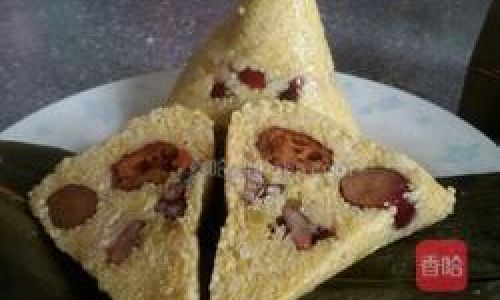
- In a large pot, arrange the wrapped zongzi snugly. Cover with water, adding pandan leaves and cinnamon if desired.
- Bring to a boil, then reduce heat to a gentle simmer. Cook for 2.5–3 hours, topping up with boiling water as needed to keep zongzi submerged.
- Turn off the heat and let the zongzi rest in the liquid for 30 minutes. This rest period allows the millet to absorb residual moisture, yielding a tender, cohesive texture.
Troubleshooting Common Challenges
- Leaky Wrappers: Ensure leaves are adequately softened and folded tightly. Double-layering leaves adds durability.
- Undercooked Millet: Extend cooking time by 15–20 minutes if the grain remains crunchy.
- Sticky Exterior: Rinse cooked zongzi under cold water to remove excess starch before serving.
Variations to Explore
- Savory Twist: Replace sweet fillings with marinated pork, mushrooms, and chestnuts for a hearty alternative.
- Gluten-Free Option: Use tamari instead of soy sauce in savory variations.
- Modern Fusion: Add a layer of purple sweet potato puree or matcha-infused millet for vibrant color contrasts.
Storing and Reheating
Cooked zongzi keeps refrigerated for up to 5 days or frozen for 3 months. Reheat by steaming (15–20 minutes) or microwaving (2–3 minutes on high) until warmed through. Avoid boiling frozen zongzi directly, as this may cause the wrappers to split.
Cultural Significance: Beyond the Kitchen
Huang Mi Zongzi is more than a dish—it’s a symbol of familial love and seasonal celebration. In northern China, families gather days before the Dragon Boat Festival to prepare batches of zongzi, sharing stories and laughter as they fold leaf after leaf. The golden hue of millet mirrors the harvest bounty, while the dumpling’s triangular shape echoes ancient talismans warding off evil spirits. By making this recipe, you’re not just cooking; you’re honoring a legacy of resilience and togetherness.
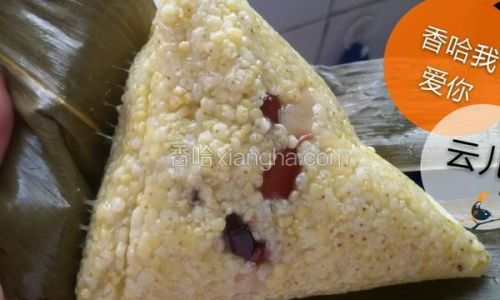
Serving Suggestions: Elevating the Experience
- Breakfast Delight: Pair with a cup of chrysanthemum tea for a balanced morning meal.
- Dessert Platter: Serve alongside mango pudding or almond jelly for a fusion dessert.
- Gift of Tradition: Package homemade zongzi in bamboo baskets tied with red thread—a thoughtful gesture for loved ones.
Conclusion: The Joy of Handcrafted Flavors
Crafting Huang Mi Zongzi is a labor of love that rewards patience and precision. Each step—from soaking millet to tying the final knot—connects you to generations of cooks who perfected this art. Whether enjoyed piping hot with a drizzle of honey or chilled with a sprinkle of toasted sesame, these dumplings embody the warmth of home and the beauty of simplicity. As you savor your creation, remember that tradition is not about rigid adherence, but about breathing new life into timeless flavors. Happy cooking!

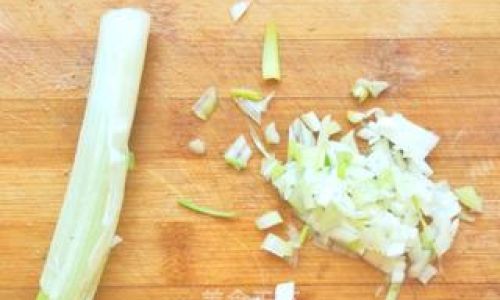


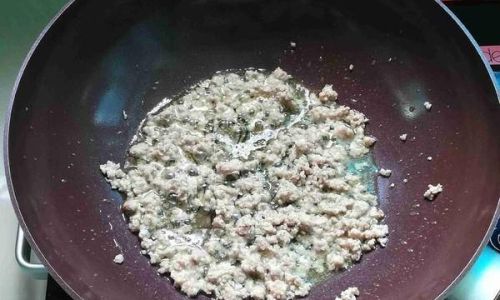
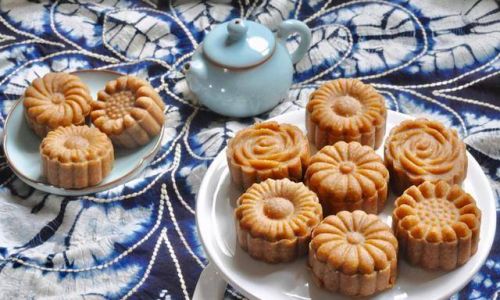
0 comments